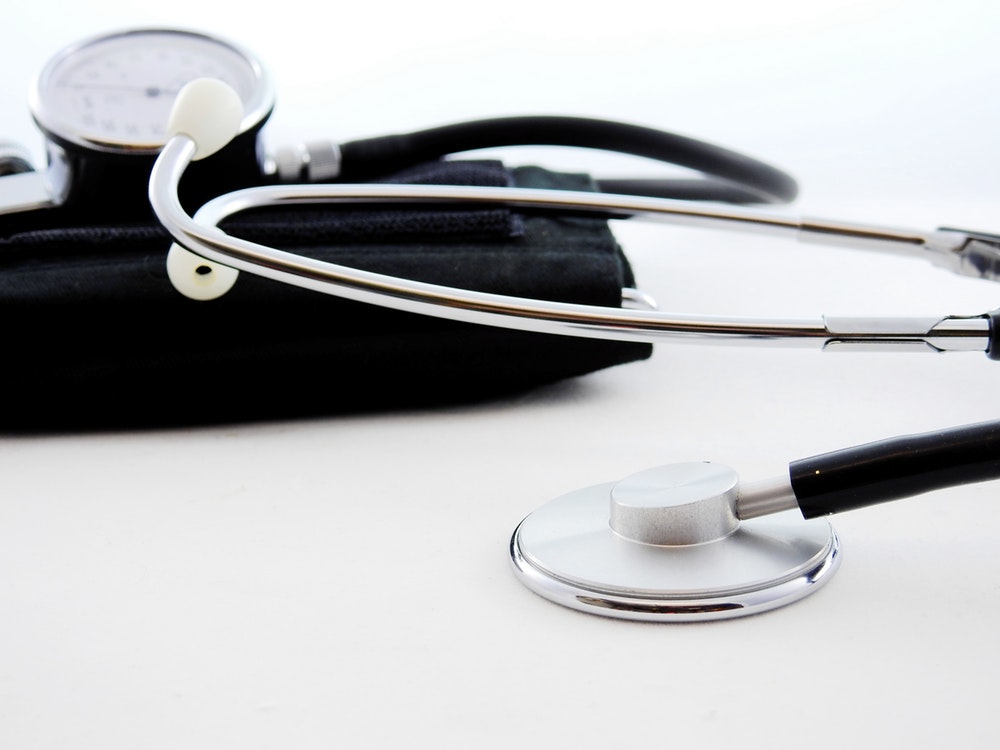Yeast Infections – Those Unpleasant Little Secrets
A yeast infection is, quite simply, a situation where too many yeast are growing in a woman’s vagina (it may also be present as oral thrush, under the breasts, beneath skin folds, in the nail beds, and around dentures.) And although they may be extremely unpleasant, they are very common, not serious, and usually easily cured.
What causes a yeast infection in the first place?
Typically caused by a yeast named Candida albicans, the yeast cells are often kept in moderate number by the vagina’s most prevalent bacteria, Lactobacillus acidophilus. However, when something throws off the balance (sometimes pregnancy, steroids, antibiotics, birth control medications, hormone therapy, medications, diabetes, HIV, stress, chronic health conditions or other health issues), yeast can grow more than they’re supposed to which gives you the icky symptoms. In addition, some women may also get yeast infections after menopause due to the vaginal wall thinning from declining estrogen levels in the body. Both men and women can suffer from yeast infections, and it should not be considered unusual to have at least one in your lifetime.
What are the symptoms?
Well, usually the first sign is itching, possibly followed by soreness in the vagina. If you have sex, there can be burning, as well as when you urinate. A thick, white vaginal discharge comparable to the consistency of cottage cheese is often noticed as well, without an odor (other ailments, such as bacterial vaginosis or trichomoniasis may have similar symptoms to a yeast infection but they usually do have an odor. If you aren’t positive, please do check with a physician as these can get serious if not treated). Most women notice these symptoms around a week prior to their periods. (Note: if you are having these symptoms for the first time and don’t know what it is for sure, please see your doctor – especially if you are pregnant.)
Traditional treatment options
Traditional doctors normally approve of over-the-counter medications for mild yeast infections which you can use at home without needing a prescription. However, if you wish to see the doctor, you can get a prescription as well. Normally medicines come in suppository form to insert into the vagina, antifungal tablets to take orally, or antifungal creams to apply directly to the affected area. If you are pregnant, be sure to talk to your doctor before you decide on the right medication for your yeast infection.
How can I treat it at home?
If you prefer to try something a little more natural or a home remedy to start with, there are several options.
For starters, most women have good luck using plain old white yogurt – just make sure it’s plain without any added sugar or fruit. You can put some in an empty gel capsule and insert it partway into the vagina. You may also dip a clean tampon into the yogurt and insert it into the vagina up to twice daily. Externally it can be applied to the affected area but keep in mind you’ll want to stay home for an hour or two in old underwear and wear a maxipad while it’s on you. Be sure to include the plain yogurt into your diet during this time as well, being careful to keep the batches clearly marked and separated in your refrigerator to avoid cross-contamination. This has been known to work remarkably quickly for many women.
Coconut oil
You can also try coconut oil externally up to three times daily on the affected area. For oral thrush, swish the coconut oil in your mouth for between five and ten minutes daily, spitting it out into the trash can (not the sink) following each treatment. You can do this three times daily as well. Add tea tree oil or cinnamon oil to it beforehand if you like.
Apple cider vinegar
Once again, my favorite ACV saves the day! Along with white vinegar, apple cider vinegar contains elements that can rid the body of yeast infections. Mix two tablespoons of it with one cup of water and drink twice daily. You can also use some in a hot bath to reduce itching and irritation, or apply diluted with water onto the affected area. This can be left on for thirty minutes and then rinsed off with plain water.
*As with all my articles, please consult your physician before trying this at home.

